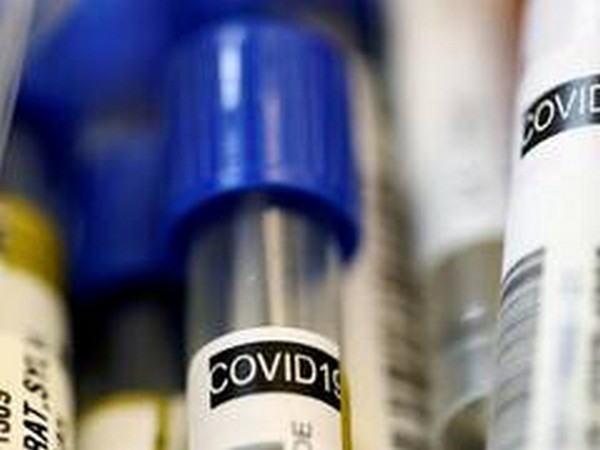IIT, Singapore medical school develop alternative model to assess COVID-19 situation in states

- Country:
- India
Researchers at the Indian Institute of Technology Guwahati and Singapore's Duke-NUS Medical School have come up with an alternative model to analyze and predict the number of COVID-19 infected people in 30 days in different states of India. The data-science model, developed by the team, is a combination of all three different models being used in the country at present
The model predicts the cases as per the logistics method and exponential method (prediction if the situation turns severe). The states are divided into three categories--moderate, severe and controlled. The model follows a different categorization than the currently adopted Green Zone, Orange Zone and Red Zone classification. According to the team, India will have 1.5 lakh COVID-19 cases in the next 30 days as per the logistic method and 5.5 lakh cases as per the exponential method.
"A report solely based on any one model can potentially mislead us. In an attempt to guard against this possibility, we have considered the exponential, the logistic, and the Susceptible Infectious Susceptible (SIS) models, along with the model-free daily infection-rate (DIR) using open-source data.
We have interpreted the results jointly from all models rather than individually," Palash Ghosh, Assistant Professor, IIT Guwahati told PTI. The report is based on the growth of active cases in recent times, along with the daily infection-rate (DIR) values for each state.
"We have labeled a state as ‘severe’ if a non-decreasing trend in DIR values is observed over the last two weeks along with a near exponential growth in active infected cases, as ‘moderate’ if an almost decreasing trend in DIR values is observed over the last two weeks along with neither increasing nor decreasing growth in active infected cases, and as ‘controlled’ if a decreasing trend in the last two weeks’ DIR values is observed along with a decreasing growth in active infected cases," Ghosh said.
"While analyzing the novel coronavirus infection data, considering our entire country to be on the same page may not reveal the right picture. This is so because the first infection, new infection-rate, progression over time, and preventive measures taken by various state governments and the common public for each state are different. We need to address each state separately.
It will enable the government to utilize the limited available resources optimally," he added. The death toll due to COVID-19 rose to 2,109 and the number of cases climbed to 62,939 in the country on Sunday, registering an increase of 128 deaths and 3,277 cases in the last 24 hours, according to the Union Health Ministry.
(This story has not been edited by Devdiscourse staff and is auto-generated from a syndicated feed.)










